Let’s go over how to set up solar panels to charge off grid homes. For anyone embracing off-grid living, securing a reliable energy source is a top priority. Solar power offers an efficient, sustainable way to generate electricity independently. But how do you set up solar panels to charge an off grid home effectively? In this article, we’ll walk through the essential steps to design, install, and maintain a solar energy system capable of powering your remote cabin, tiny home, or homestead.
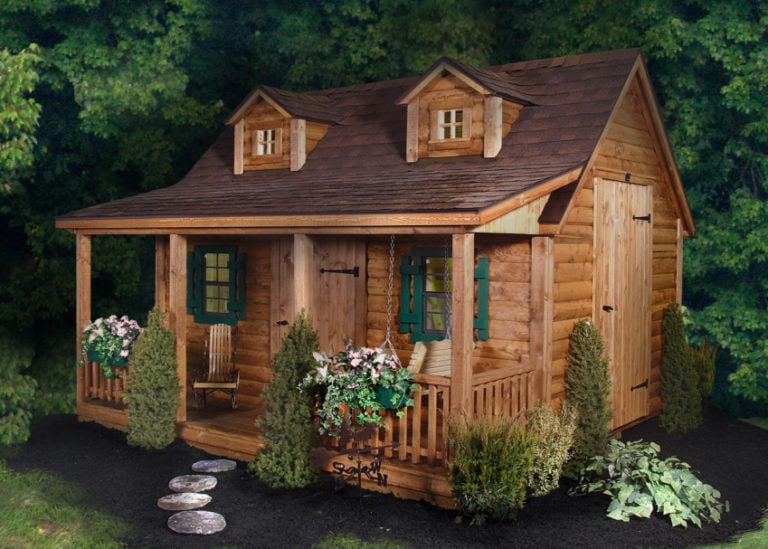
Understanding Solar Power for Off-Grid Living
Solar panels capture energy from sunlight and convert it into electricity. In an off-grid system, this electricity is stored in batteries for use when the sun isn’t shining. A properly designed solar system provides year-round energy independence, reducing or eliminating reliance on gas generators or public utilities.
Off-grid solar systems differ from grid-tied systems because they must supply all of a household’s energy needs independently. This requires careful sizing, storage planning, and efficiency management.
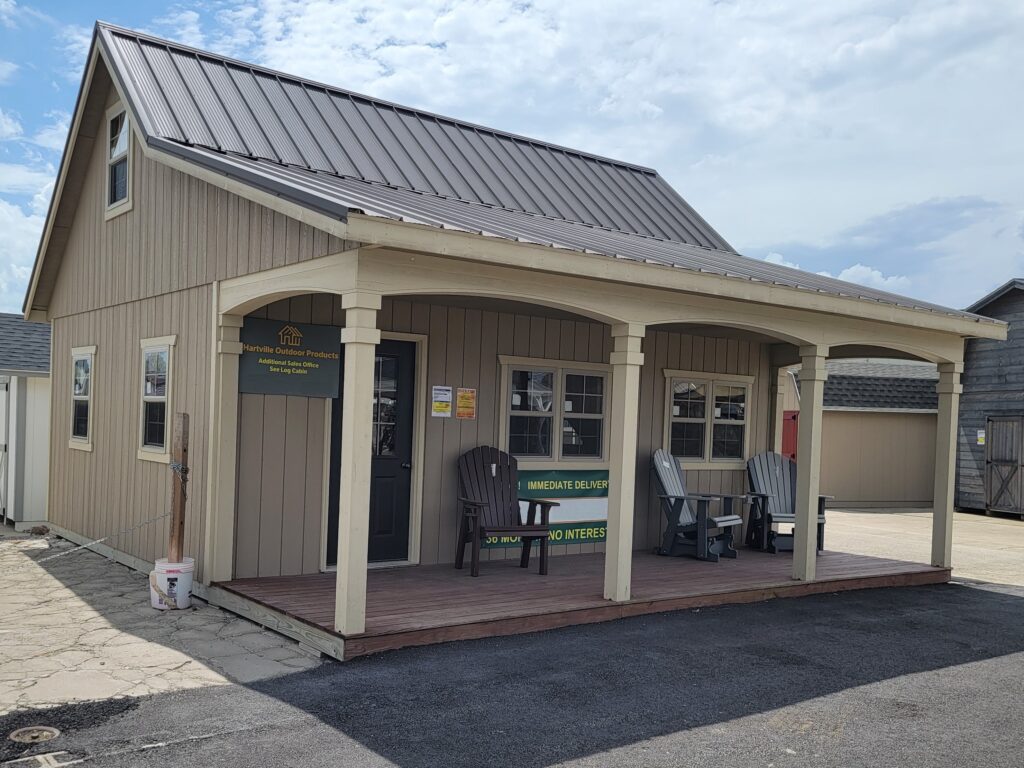
Assess Your Energy Needs
The first step in setting up solar panels to charge an off grid home is calculating your energy consumption. List all appliances, lights, and electronics you plan to use and estimate their daily watt-hour consumption.
Key energy-hungry appliances to consider include:
- Refrigerators and freezers
- Well pumps
- Water heaters
- Cooking appliances
- Lighting
- Internet equipment (e.g., Starlink)
- Heating and cooling systems (if applicable)
Energy-efficient appliances and LED lighting can significantly reduce your daily energy demand, lowering the size and cost of your solar setup.
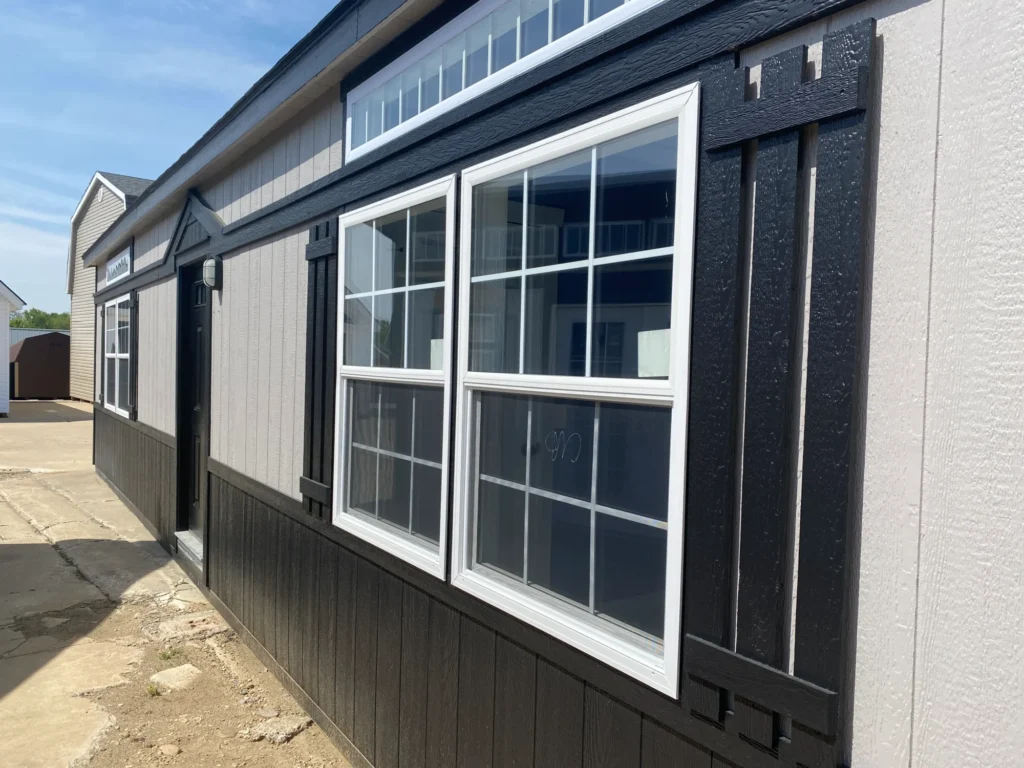
Design Your Off-Grid Solar System
A typical off-grid solar system includes several components:
- Solar Panels: Capture sunlight and convert it into DC electricity.
- Charge Controller: Regulates voltage from the panels to safely charge the batteries.
- Battery Bank: Stores excess energy for use when the sun isn’t shining.
- Inverter: Converts DC electricity into AC electricity to power standard appliances.
Sizing your system correctly is crucial. If you consume 5 kWh per day, for instance, and get about 4 sun hours per day, you’ll need a system capable of producing roughly 1.25 kW per hour.
It’s smart to size slightly larger than your average needs to account for cloudy days, future energy use increases, and system inefficiencies.
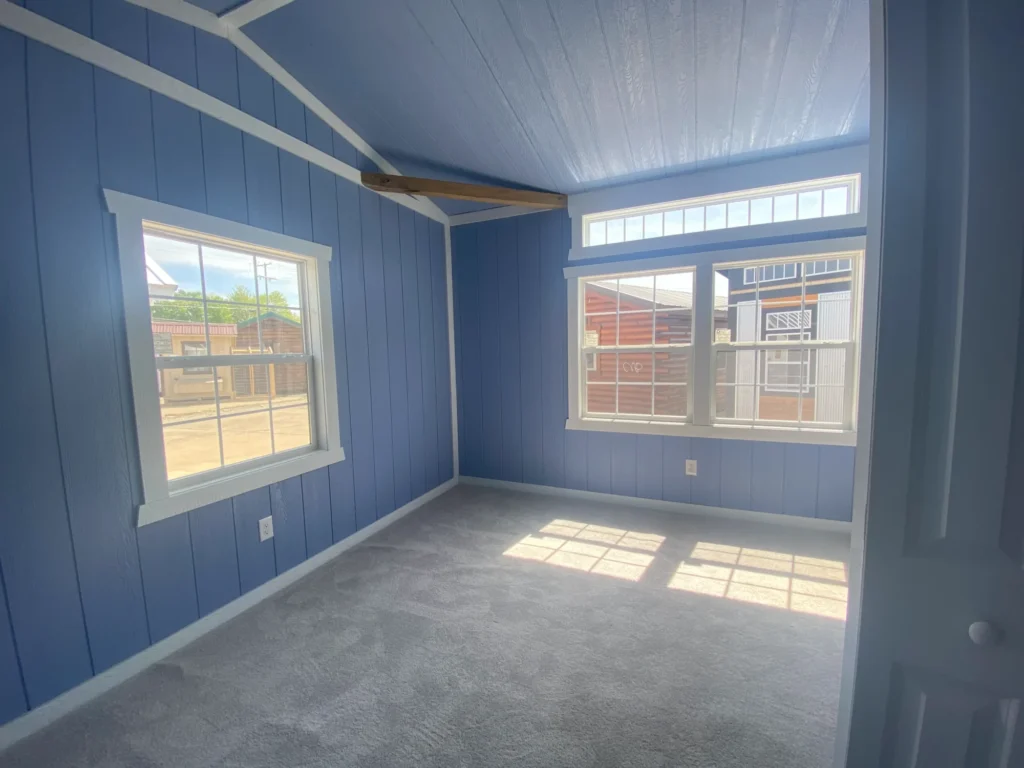
Select the Right Solar Panels
Choosing high-quality solar panels ensures long-term performance and reliability. Monocrystalline panels offer the highest efficiency and longevity, making them ideal for off-grid homes where space is limited.
Considerations when selecting panels include:
- Wattage per panel
- Warranty period (typically 20-25 years)
- Efficiency rating
- Durability under extreme weather
Reputable brands include Renogy, LG, and Canadian Solar, among others.

Set Up Your Battery Bank
Batteries are the heart of any off-grid solar system. Lithium-ion batteries are increasingly popular for off-grid setups due to their longer lifespan, faster charging, deeper discharge capability, and lower maintenance compared to traditional lead-acid batteries.
Battery banks should be sized to hold enough power for several days without sunshine—generally two to four times your daily energy consumption.
Top off-grid battery brands include Tesla Powerwall, Battle Born, and Simpliphi.
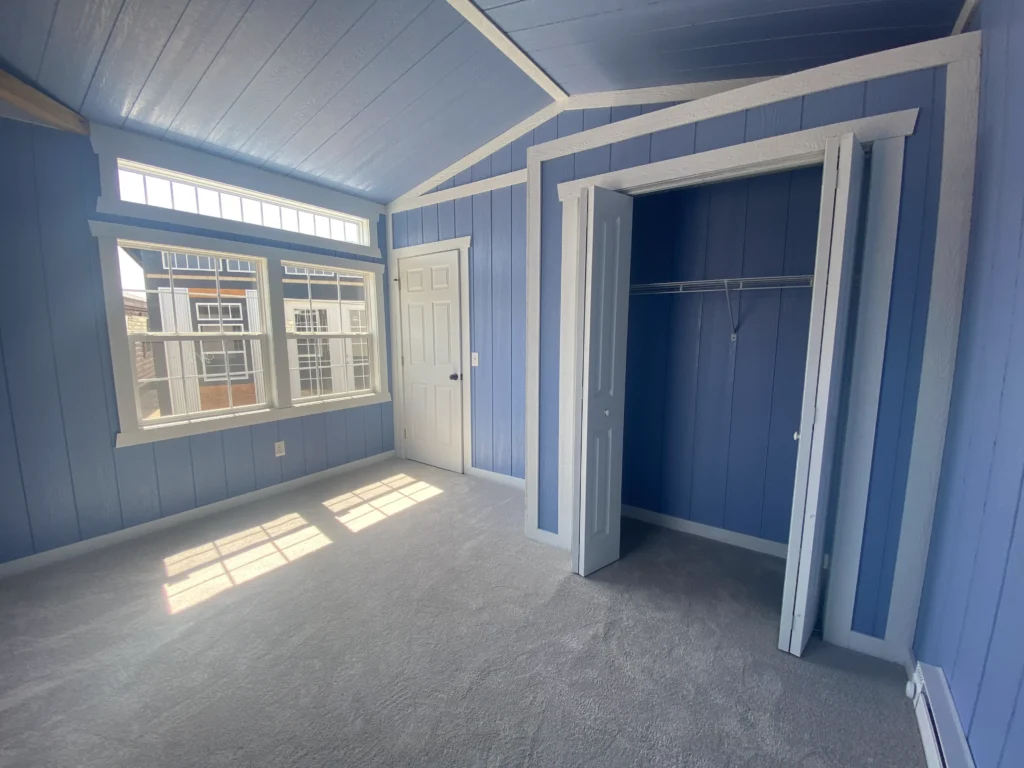
Install the Inverter and Charge Controller
Your charge controller ensures batteries charge safely and efficiently, preventing overcharging or excessive discharge. MPPT (Maximum Power Point Tracking) controllers are the best choice for maximizing energy harvest from your panels.
Inverters convert stored DC battery power into AC power compatible with household appliances. Pure sine wave inverters are preferred because they handle sensitive electronics and motors better than modified sine wave inverters.
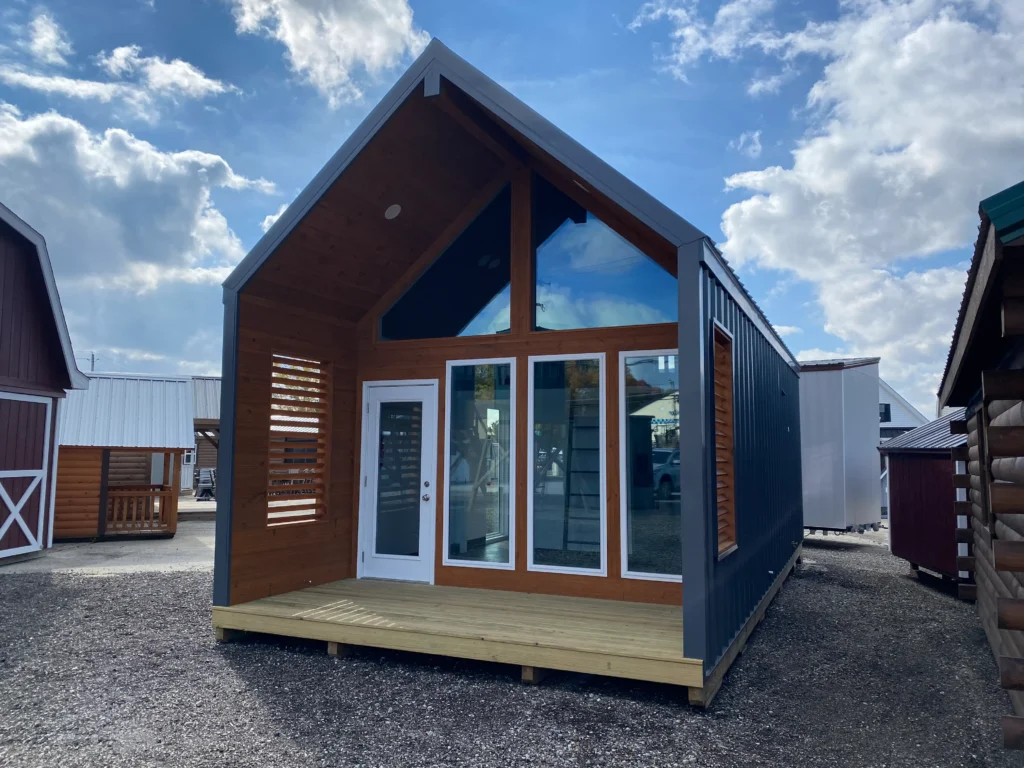
Mount and Wire Your System Safely
Panel mounting options include:
- Roof-mounted systems
- Ground-mounted systems
- Pole-mounted arrays
Ground-mounted systems offer easy access for maintenance and optimal tilt adjustments throughout the year but require more open land space.
When wiring your system:
- Use appropriate wire gauges to prevent voltage drops.
- Install fuses and breakers to protect against overloads.
- Follow National Electrical Code (NEC) standards for safety.
If you’re not experienced with electrical work, consider hiring a licensed installer for safety and code compliance.
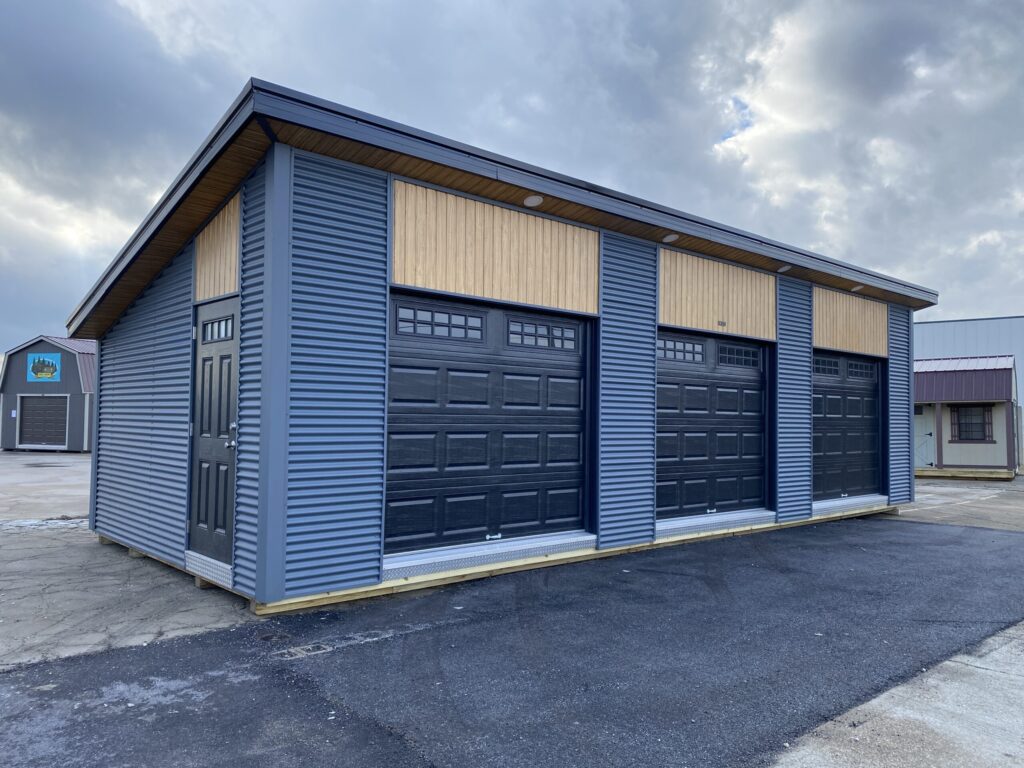
Maintain Your Solar System
Once installed, solar systems require minimal maintenance:
- Clean panels every few months to remove dust, snow, or bird droppings.
- Inspect wiring and connections periodically.
- Monitor battery health and keep terminals clean.
- Check charge controller and inverter status for optimal operation.
Most off-grid solar owners use app-based monitoring tools to track system performance remotely.
Pairing Solar with Other Energy Sources
For complete resilience, many off-grid homeowners pair their solar system with backup generators (preferably propane or diesel) for extended cloudy periods or unusually high energy demands. Smart system design ensures that generators are only used when absolutely necessary.
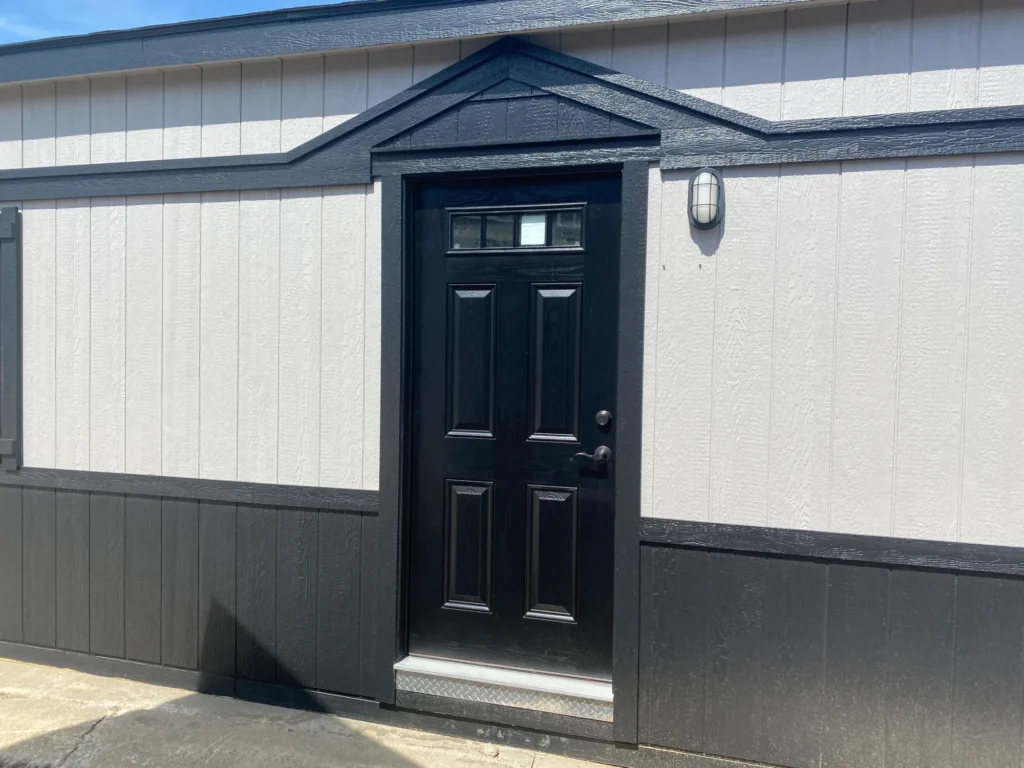
Ohio Cabins & Structures: Building Solar-Ready Homes
Ohio Cabins & Structures designs prefab cabins and homes ideal for solar-powered, off-grid living. With high-quality insulation, energy-efficient layouts, and customization options, their structures make it easy to install solar panels and build a self-sufficient lifestyle.
Explore solar-ready cabin models and find your perfect off-grid retreat by visiting Ohio Cabins & Structures. For additional solar system planning tools, visit resources like Solar Energy Industries Association or EnergySage.
Learning how to set up solar panels to charge an off grid home empowers you to live independently, sustainably, and confidently—no matter how far from the city lights you roam.
